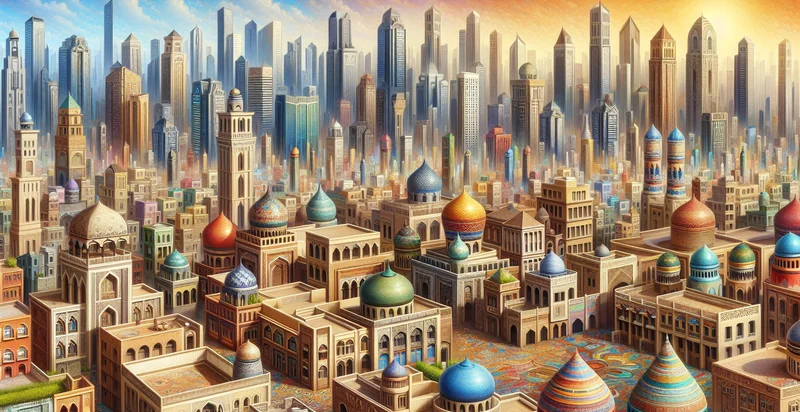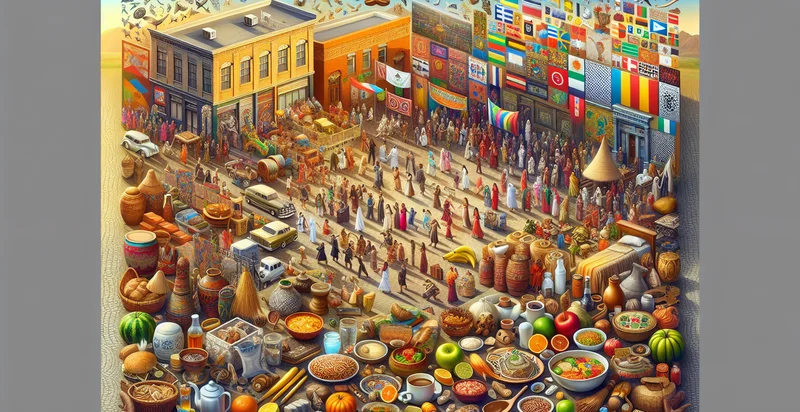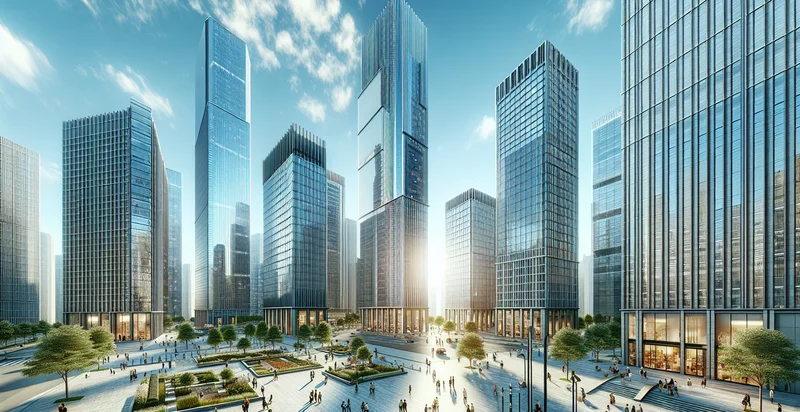Identify cultural elements in skyline
using AI
Below is a free classifier to identify cultural elements in skyline. Just upload your image, and our AI will predict what cultural elements are present in the skyline - in just seconds.

Contact us for API access
Or, use Nyckel to build highly-accurate custom classifiers in just minutes. No PhD required.
Get started
import nyckel
credentials = nyckel.Credentials("YOUR_CLIENT_ID", "YOUR_CLIENT_SECRET")
nyckel.invoke("cultural-elements-in-skyline", "your_image_url", credentials)
fetch('https://www.nyckel.com/v1/functions/cultural-elements-in-skyline/invoke', {
method: 'POST',
headers: {
'Authorization': 'Bearer ' + 'YOUR_BEARER_TOKEN',
'Content-Type': 'application/json',
},
body: JSON.stringify(
{"data": "your_image_url"}
)
})
.then(response => response.json())
.then(data => console.log(data));
curl -X POST \
-H "Content-Type: application/json" \
-H "Authorization: Bearer YOUR_BEARER_TOKEN" \
-d '{"data": "your_image_url"}' \
https://www.nyckel.com/v1/functions/cultural-elements-in-skyline/invoke
How this classifier works
To start, upload your image. Our AI tool will then predict what cultural elements are present in the skyline.
This pretrained image model uses a Nyckel-created dataset and has 20 labels, including Art Murals, Banners And Flags, Bridges, City Walls, Cultural Centers, Cultural Festivals, Cultural Monuments, Fountains, Historic Buildings and Landmarks.
We'll also show a confidence score (the higher the number, the more confident the AI model is around what cultural elements are present in the skyline).
Whether you're just curious or building cultural elements in skyline detection into your application, we hope our classifier proves helpful.
Related Classifiers
Need to identify cultural elements in skyline at scale?
Get API or Zapier access to this classifier for free. It's perfect for:
- Urban Heritage Preservation: This function can be utilized by city planners and heritage organizations to identify and classify cultural elements in a skyline. By recognizing these elements, stakeholders can ensure that new developments respect and preserve the historical and cultural significance of urban landscapes.
- Tourism Enhancement: Tourism boards can use this classification to enhance visitor experiences by promoting sites with significant cultural skylines. By identifying landmarks that reflect a city's unique culture, marketing strategies can be tailored to attract more tourists interested in cultural heritage.
- Smart City Development: Urban developers can integrate this function into smart city frameworks to analyze skylines' cultural representations. This data can help in planning urban spaces that reflect the city’s identity, ensuring developments are in harmony with cultural narratives and community values.
- Augmented Reality Applications: Developers of augmented reality (AR) applications can use this function to overlay cultural information onto real-time skyline views. Users can gain insights into historical and cultural elements, enriching their understanding of the architecture in their environment.
- Cultural Impact Assessment: Researchers and policymakers can employ this function to assess the cultural impact of proposed urban projects. By understanding how new constructions might alter the visibility of skyline elements, more informed decisions can be made about urban development processes.
- Artistic and Design Inspiration: Artists and designers can use the identifiers from this function to find inspiration from culturally significant skylines. By analyzing the cultural elements represented in the skyline, they can create artworks or designs that reflect or challenge societal narratives.
- Social Media Content Creation: Social media marketers can utilize this function to curate content that highlights the cultural aspects of urban skylines. By identifying significant elements, they can create targeted campaigns that engage audiences interested in art, history, and culture, driving user engagement and awareness.


